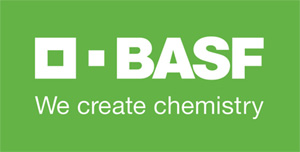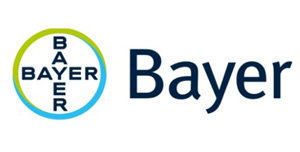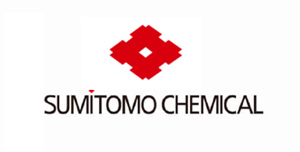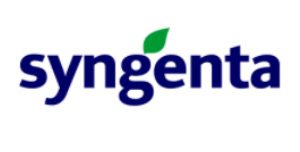|
Quinclorac
|
|
| Common name | 3,7-Dichloro-8-quinolinecarboxylic acid |
| CAS number | 84087-01-4 |
| Chemical Name | 3,7-Dichloro-8-quinolinecarboxylic acid; |
| Structural formula |  |
| Molecular formula |
C10H5Cl2NO2 |
| Molecular weight | 242.06 |
| Technical Index | Content: ≥85%, ≥95%, ≥98% Appearance: light yellow powder |
| Preparations | 96% TC, 88%TC,25%WP、50%WP、75%WP、75%WG、25%SC、25%EA |
| Function characteristics | 3,7-Dichloro-8-quinolinecarboxylic acid is mainly absorbed by valerian roots, and can also be absorbed by germinated seeds. A small amount is absorbed through the leaves and transmitted in the psyllium. The symptoms of valerian poisoning are similar to those of auxin substances. The characteristics and long-term use of hormonal herbicides are high in the safety of rice after the 2-leaf stage. Solanaceae, Umbelliferae, Malvaceae, Leguminosae, Compositae, Convolvulaceae 3,7- Dichloro-8-quinolinecarboxylic acid is sensitive and should be avoided. 3,7-Dichloro-8-quinolinecarboxylic acid has an accumulation in the soil. The field of 3,7-Dichloro-8-quinolinecarboxylic acid cannot be used to grow beets in the next year. Eggplant, tobacco, tomato, carrot, etc., can be planted after two years. |
| Application field | It is a hormone-type quinoline carboxylic acid herbicide mainly used in rice field, live field and transplanting field to kill valerian. It can kill psyllium in 1-7 leaf stage and age in 4-7 leaf stage. Herbs have outstanding effects, and can effectively prevent ragweed, cress, and saponin, but have poor effect on sedge weeds. |
| Packing | 25KG/kraft paper bag/cardboard drum/composite bag, can be customized according to user needs. |
| Output | 500t/a |
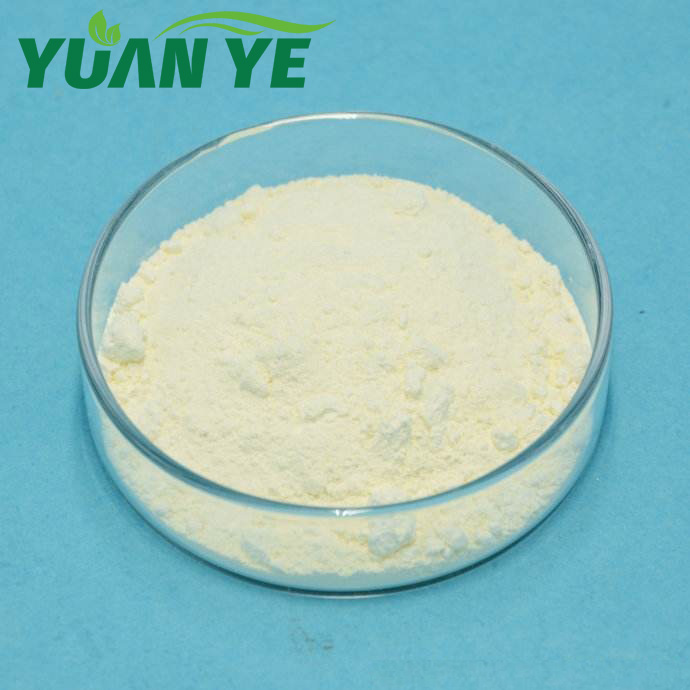


Yuanye is a high-tech enterprise integrating scientific research and production of pesticide intermediates
